First Concert by African-American Singers Held in Korea
This was a discovery I made completely by chance – when I lazily searched the term “cat” in the Naver old newspaper archive. It took an entire evening of detective work to figure out why a concert held in 1920 in Gyeongseong (name of Seoul during Japanese colonial period), the first ever concert that featured African-American singers, came up in my search for “cats”.
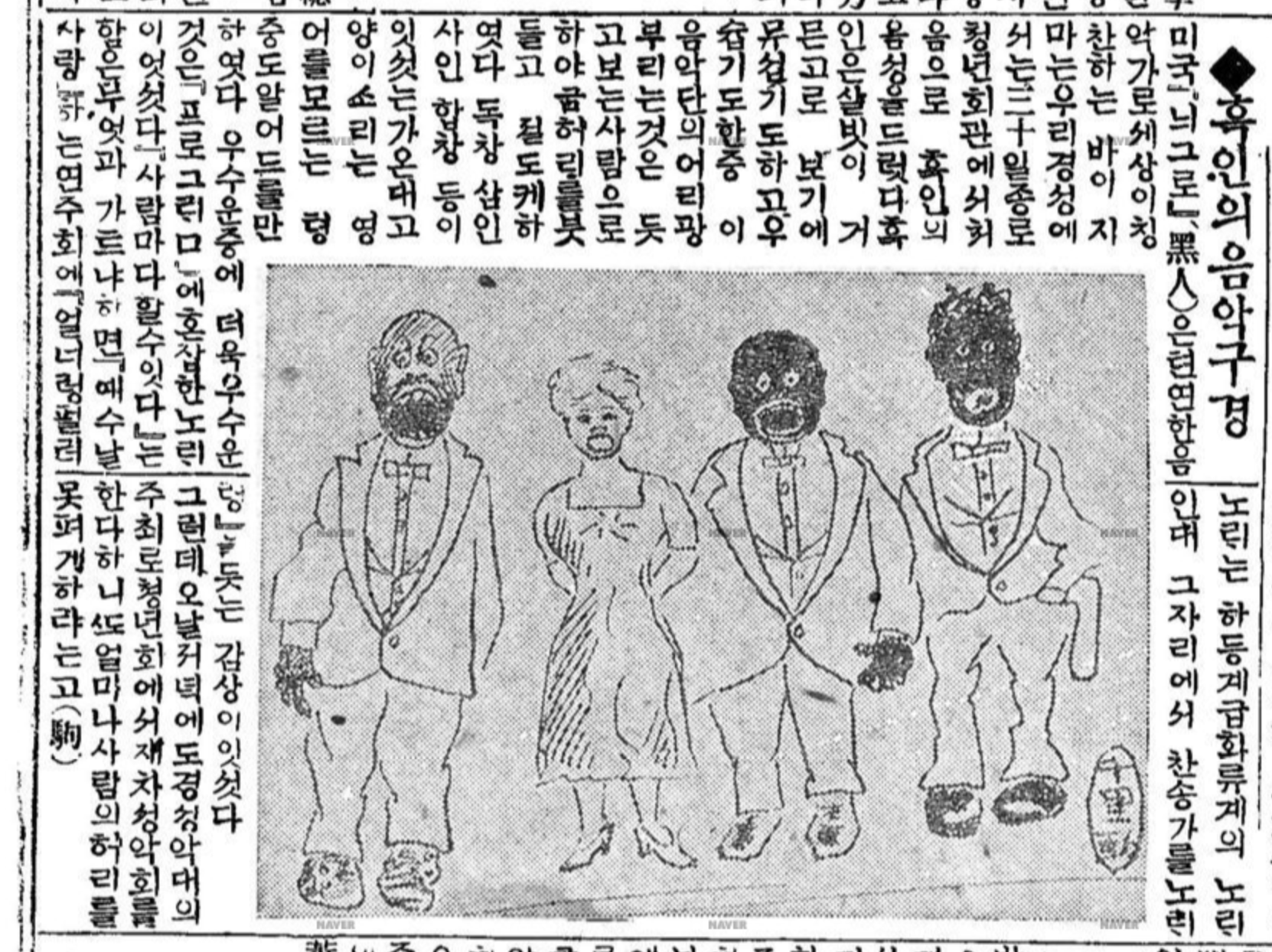
If you try to look past the terrible (both in its skill and intent) drawing in this article, it describes an event (or rather, a series of events) that began on the 28th of July, 1920. This event was significant in that it was the first time that a trio of black vocalists performed in front of a Korean audience in the history of Korea. They were accompanied by a female Russian (or could be Turkish) singer as well. They had been touring Asia, performing at YMCA outposts of Hong Kong, the Straits Settlements1, India, and Batavia2.
“The Black American vocal troupe that entered Korea from Tokyo, performed their first concert at 8pm yesterday. […] Their music was so strange and pure that it felt like something totally removed from this complex 20th century society.” reported Choson Ilbo3 on the 29th of July.
An article titled “Watching the Music of Black People (흑인의 음악 구경)” – yes, they used the word “watching”, reported:
“American ‘negro – black people’ are natural musicians, praised by the world. However, in Gyeongseong, we heard their voices for the first time on the 30th at the Jongno Youth Center (YMCA). The black man has dark skin which at times seem scary and funny. The musical troupe’s silliness had the audience holding their backs and stumbling in laughter. They performed solos, trios and quartets, and the cat sounds they made… the audience understood despite their lack of English. The funniest thing is how this ‘Jesus loves’ kind of concert included these ostentatious songs. It felt like listening to gospel in a cabaret (a little paraphrasing here).”4
Despite how new and shocking the performances were to the Korean audience, the concerts were a huge success, and even this rather critical article mentions that the artists were to “perform again tonight (2nd of August) by invitation from the Gyeongseong Band (“경성악대” the first Western music band – with roots as a military band). We now know that they even went on to perform in Kaesong (northern city now part of North Korea) as well, at the Kaesong Chunggyo Chapel (“개성충교예배당”)5.

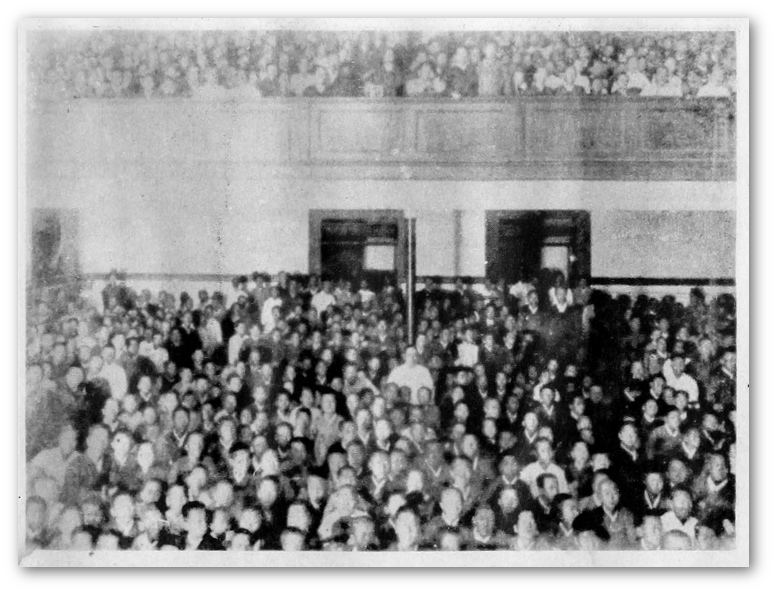
This article, titled “The First Black American Vocal Concert in Joseon”6, states that,
“By the time Mr. Koo Ja-ok7, the host introduced himself, the two floors of the hall were fully packed, with not even a room for a needle. Is it because of their international fame? These events usually only attracted certain types of Japanese, those detectives/policemen eager to find excuses to shut down the event. How odd it was to see this concert attended by at least 7-8 Japanese people – of which half were beautiful young ladies. The crowd’s thunderous applause filled the hall…”
Tickets were priced at 50 jeon, 1 won and 2 won8. In comparison, a cinema ticket would have cost around 50 jeon, so the cheapest ticket to this concert would have been equivalent to going to the cinema, and a monthly subscription fee of a newspaper.
There was flooding in Gyeongseong
An article published on the 3rd of August in Dong-a Ilbo9 reports that the concert, which was going to be held on Monday 2nd of August was delayed to Thursday (5th of August) due to flooding. This was the “third major flooding in that month” and more than 2000 houses in the city were affected. Trains and trams were also brought to a halt10. One can only assume what it would have been like for the audience – as well as the foreign musicians – being part of this historic event in the midst of torrential rain and flooding in the city.
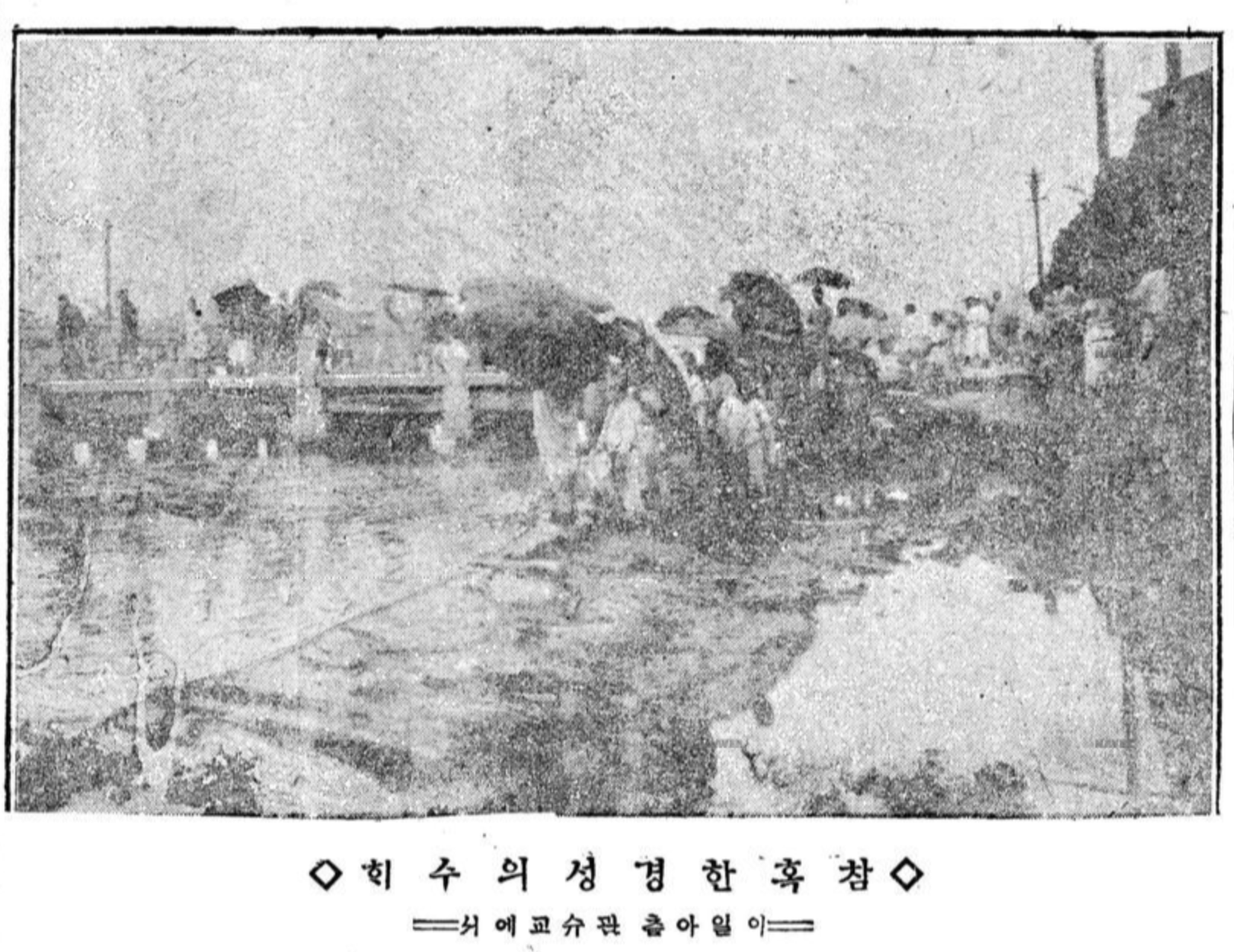
What was the “cat sound” about?
In part 2 of this investigation, I will elaborate more about the background of the musicians, but we can already guess that this quartet, invited by the YMCA, sang mainly Christian songs – they might have sung “spirituals“, a genre of Christian music created by African-Americans – which encompass the “sing songs,” work songs, and plantation songs that evolved into the blues and gospel songs in church.”11 Spirituals were performed in front of audiences by the late 19th century. But it seems that the song that made the most impact on the Korean audience was the “cat song” – nearly all of the coverage on the concert mentions the harmony of “meows” that “knocked the audience off their feet in laughter”.
I tried to find an approximation of what this “cat song” might have sounded like…
Read on to the next post in this series, to learn more about who these singers were.
Footnotes
- Straits Settlements: a group of British occupied territories which included parts of current day Malaysia and Singapore.
- Batavia: Dutch occupied territory part of of current day Indonesia.
- “米國黑人聲樂團(미국흑인성악단)”, Chosun Ilbo, July 29th, 1920, p.3
- “흑인의음악구경”, Dong-a Ilbo, August 2nd, 1920, p.3
- “開城(개성)에도 黑人聲樂會(흑인성악회)”, Dong-a Ilbo, August 2nd, 1920, p.3.
- “朝鮮初有(조선초유)의 米國黑人(미국흑인)의聲樂會(성악회)”, Dong-a Ilbo, August 1st, 1920, p.3
- Koo Ja-ok (구자옥 具滋玉) worked as the assistant manager/administrator at the Central YMCA in Jongno. A few months later, on December 18, 1920, he leaves Seoul for Chicago, becoming one of the select few who studied in the US in the early 20th century. Source.
- “米國黑人(미국흑인)의 聲樂會(성악회)”, Dong-a Ilbo, July 29th, 1920, p.3.
- 黑人聲樂延期(흑인성악연기), Dong-a Ilbo, August 3rd, 1920, p.3.
- “一個月間(일개월간)에三次大洪水(삼차대홍수)”, Dong-a Ilbo, August 3rd, 1920, p.3.
- https://en.wikipedia.org/wiki/Spirituals
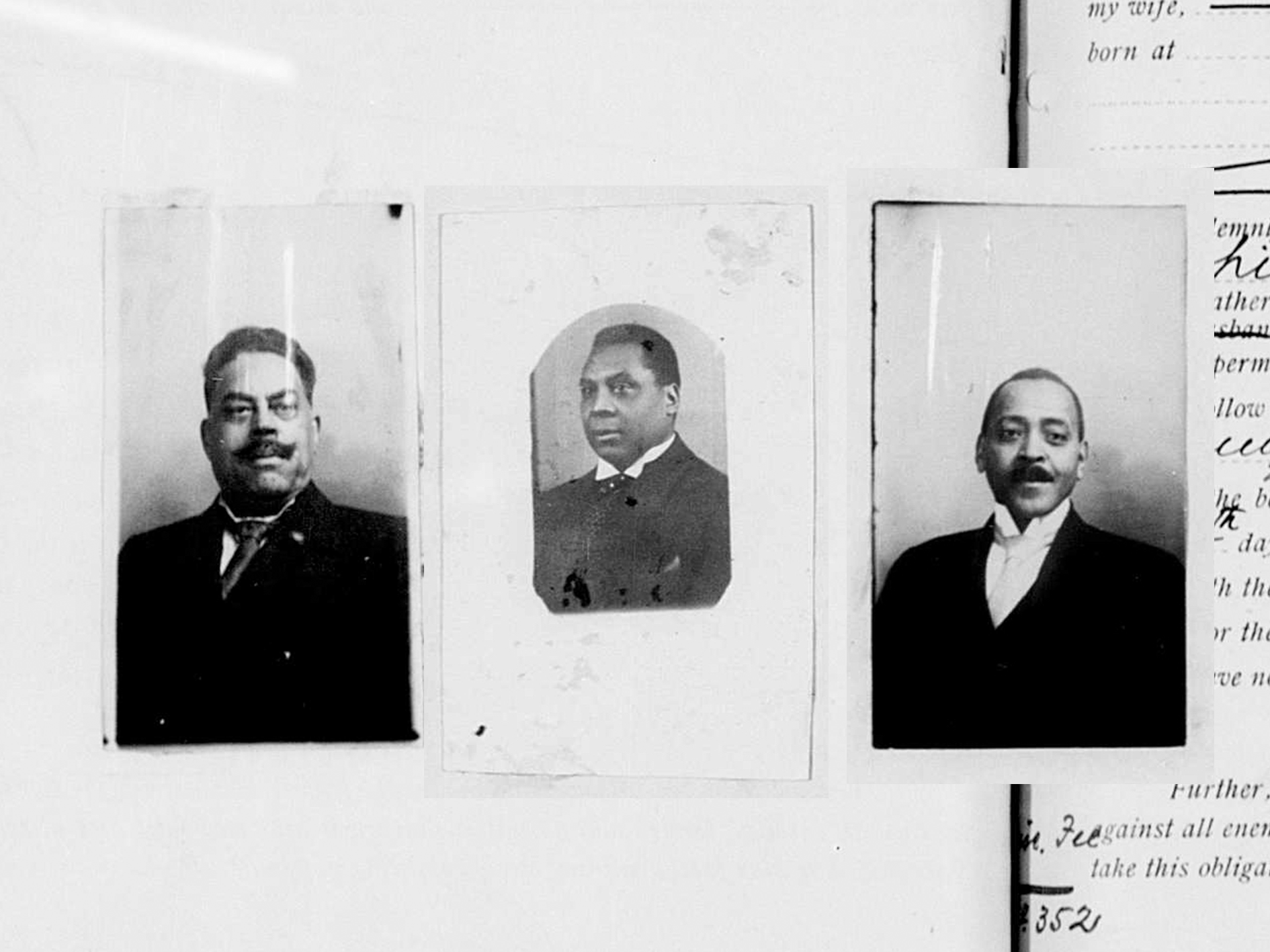
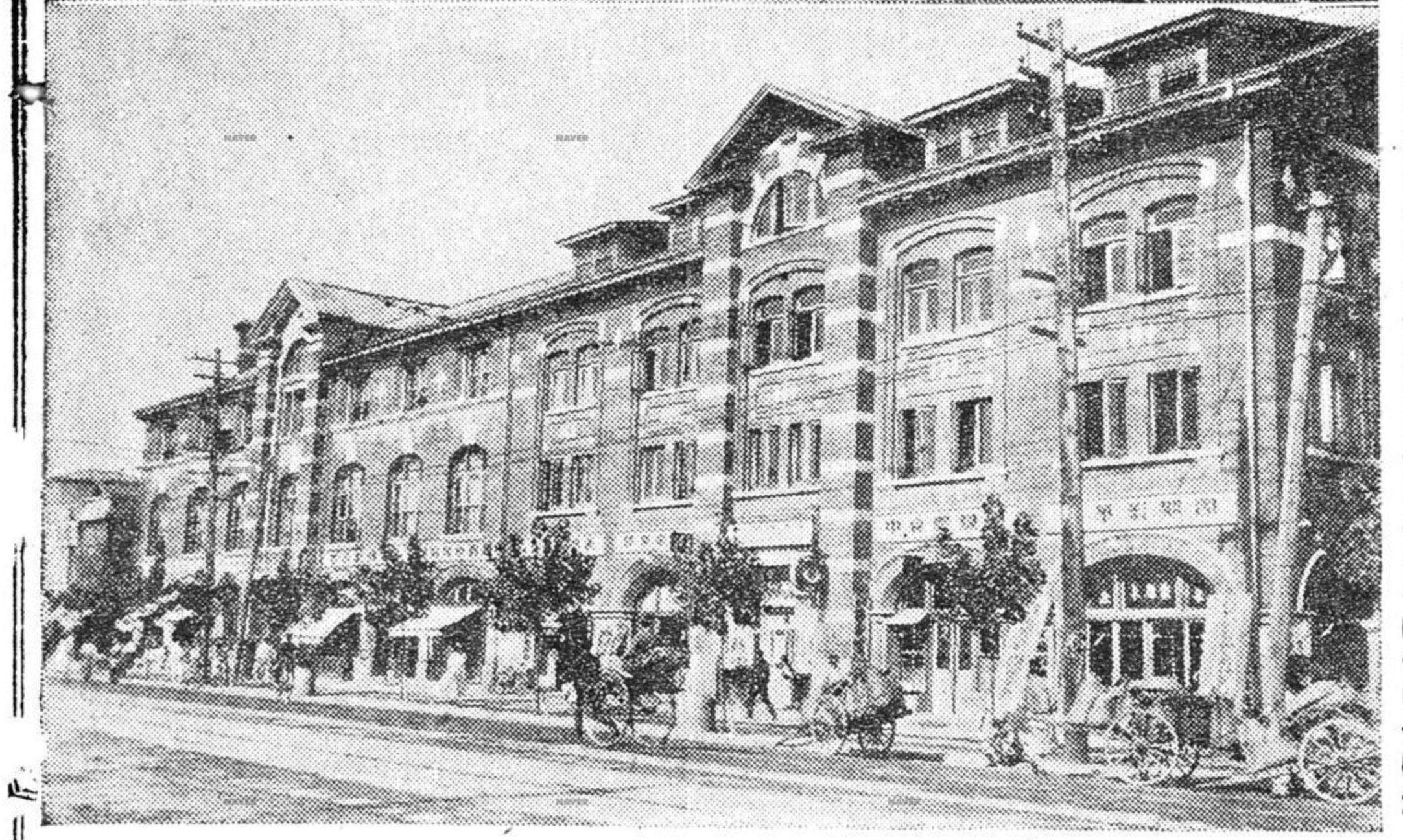
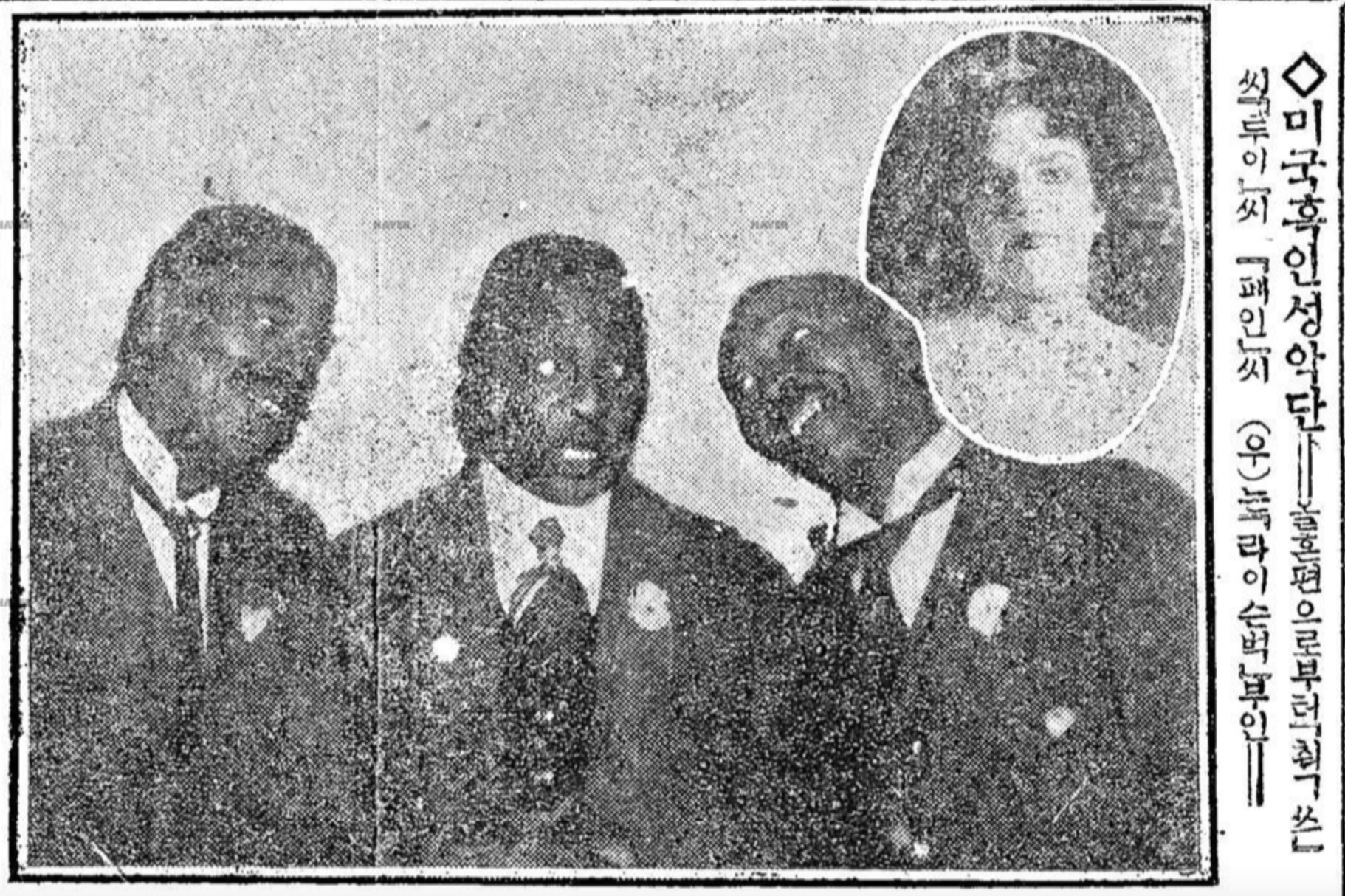
2 Responses